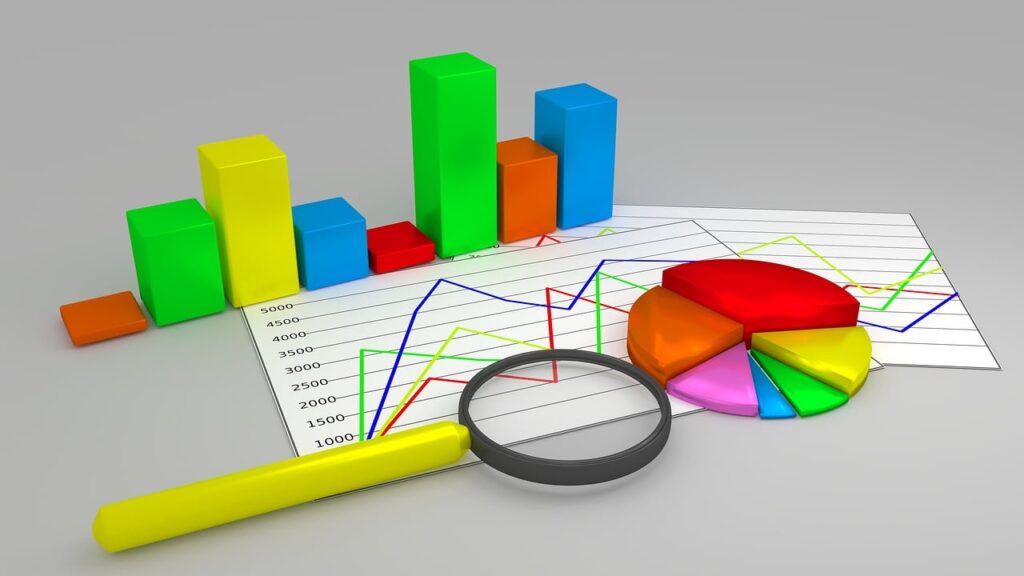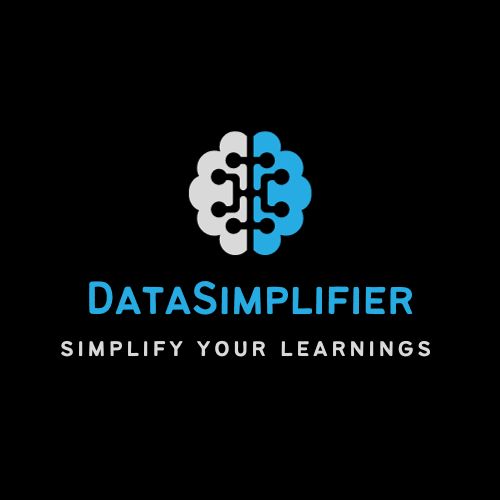Are you planning to learn Qlik but not getting the perfect resources? If that’s the case, then you are at the perfect place. In this article, I will share with you amazing concepts with free resources to learn Qlik in 2024.

In the ever-evolving field of data analytics, staying abreast of the latest tools and technologies like Tableau, Qlik, Alteryx, SQL, etc. is paramount. One such tool that has gained prominence in recent years is Qlik, a powerful business intelligence and data visualization platform. For aspiring data analysts seeking to enhance their skills in 2024, mastering Qlik is a strategic and rewarding endeavor. In this article, we will explore a step-by-step guide on how to learn Qlik for data analytics, drawing on the latest trends and best practices in the field.
Understand the Basics of Qlik:
Before diving into the complexities of Qlik, it is essential to establish a solid foundation in its fundamental concepts. Familiarize yourself with Qlik’s associative model, which enables users to explore and analyze data from multiple sources seamlessly. Understanding the basic components of Qlik, such as dimensions, measures, and expressions, lays the groundwork for more advanced analytics.
Leverage Online Learning Platforms:
The digital age has democratized education, and there is no shortage of online resources to learn Qlik. Platforms like Qlik Continuous Classroom, Udemy, and Coursera offer a variety of courses catering to different skill levels. These platforms provide interactive lessons, video tutorials, and hands-on exercises, allowing learners to acquire practical skills while progressing at their own pace.
Explore Qlik Sense:
Qlik Sense, the flagship product of Qlik, is a versatile tool that empowers users to create interactive and personalized dashboards. Invest time in exploring its features, including data loading, data modeling, and visualization creation. Qlik Sense Desktop, available for free, is an excellent tool for hands-on practice and experimentation.
Build Real-World Projects:
Theory alone is insufficient; practical application is crucial for mastering Qlik. Undertake real-world projects that simulate scenarios encountered in professional settings. This not only reinforces theoretical knowledge but also hones problem-solving skills. Consider sourcing datasets from platforms like Kaggle or your organization’s data to ensure relevance and applicability.
If you want to know more, you check our blog on how to build data analysis projects.
Participate in Qlik Community:
Engage with the Qlik community to benefit from the collective knowledge and experiences of seasoned professionals. Qlik Community forums provide a space for asking questions, sharing insights, and staying updated on the latest developments. Networking with peers and experts can open doors to valuable opportunities and mentorship.
Stay Informed on Qlik Trends:
The field of data analytics is dynamic, and staying informed on the latest trends is essential for remaining competitive. Follow Qlik’s official blog, subscribe to industry publications, and participate in webinars or conferences to stay abreast of new features, best practices, and emerging methodologies.
Obtain Qlik Certifications: (optional)
Qlik offers certifications that validate proficiency in using their tools. These certifications, such as the Qlik Sense Business Analyst Certification or Qlik Sense Data Architect Certification, provide a tangible demonstration of your skills to potential employers. Aim to obtain relevant certifications to bolster your credibility in the job market.
Essential Qlik concepts
- Associative Data Model: Understanding relationships between data points.
- Qlik Sense Components: Hub, QMC, and Qlik Sense Desktop.
- Data Loading and Scripting: Loading, transforming, and structuring data using QlikView Script.
- Qlik Data Model: In-memory data model for rapid analysis.
- Dimensions and Measures: Categorical and numerical data representation.
- Qlik Sense Visualization: Creating and customizing charts and visualizations.
- Set Analysis: Defining subsets for complex analysis.
- Expressions and Aggregations: Calculations and aggregations for insights.
- Security in Qlik: Implementing data and application security.
- Qlik Sense Extensions: Customizing with additional visualizations and features.
Mastering these topics will help you with a solid foundation to learn Qlik for effective data analytics.
You can join our official telegram channel for more free resources to learn data analytics: Data Analytics Channel
FAQs to learn Qlik for data analytics in 2024
- How long will it take for me to learn Qlik Sense concepts in 2024?
- The time required to learn Qlik Sense in 2024 depends on various factors, including your prior experience with data analytics tools, familiarity with similar techniques, and the depth of knowledge you are planning to achieve. Generally, beginners might spend several weeks to a few months to gain proficiency, while experienced individuals might learn it more quickly as they are already familiar with similar sort of tools.
- Is Qlik Sense hard to learn?
- Qlik Sense is designed to be user-friendly with a visually intuitive interface, making it relatively easy for newbies to get started with the tool. The difficulty of learning Qlik Sense depends on your familiarity with data concepts and visualization tools. If you are already familiar with other BI tools like Power Bi or Tableau, then it will be relatively easier to understand the concepts. With the proper resources and dedication, you can find it easier to learn Qlik for data analytics.
- Is Qlik certification worth it?
- Yes, Qlik certifications can be worth pursuing. They validate your proficiency in using Qlik tools, enhancing your credibility in the job market. Certification can open doors to career opportunities and demonstrate to employers that you have the skills needed to leverage Qlik for effective data analysis. But still, I would recommend to focus on building projects as compared to investing on certifications only.
- What is the future of Qlik?
- The future of Qlik looks promising as businesses continue to recognize the importance of data-driven decision-making. Qlik’s focus on associative data modeling, interactive visualizations, and user-friendly interfaces positions it well in the evolving landscape of business intelligence and analytics. The continuous updates and innovations from Qlik further indicate a commitment to staying relevant in the rapidly advancing field of data analytics.
Conclusion:
Mastering Qlik for data analytics in 2023 requires a holistic approach that combines theoretical understanding with practical application. By leveraging online resources, exploring Qlik Sense, engaging with the community, and staying informed on industry trends, aspiring data analysts can position themselves for success in an increasingly competitive landscape. Embrace the journey of continuous learning, and let Qlik be your gateway to unlocking the full potential of data analytics in the years to come.
Hope it helps 🙂
Share the post with your friends
